Momentum Physics and the use of propellers to provide thrust and propulsion in space, a Physics brief
The Momentum Drive does not refer to a specific thruster design or propulsion system. Momentum drive physics is meant to shed new light on kinematic motion opening us up to a wide variety of propulsion systems which solve the space propulsion problem by providing thrust in space without the loss of propellant mass.
Up to this point we have introduced momentum drive concepts including thrust via the conservation of momentum, propulsion, plume capture, and enhanced geometry to create lift, all concepts which translate motion in space without the loss of propellant mass.
Good News Mars and Company: Part 1
Part one introduces propulsion, conservation of momentum, propulsion in zero gravity
Good News Mars and Company: Part 2
Part two focuses on plume capture and introduces patent pending electrostatic performance exhaust for automobiles
Good News Mars and Company: Part 3
Part three ties together concepts and introduces patent pending lift concepts using enhanced geometry and ∆T. A zero gravity propulsion concept without the loss of propellant mass is introduced.
While we didn't cover the use of propellers specifically the general physics concepts of creating thrust using various means was explored. Here in Good News Mars & Company: Part 4, we introduce the use of propellers to translate motion and provide thrust in space without the loss of propellant mass, thus helping solve the propulsion problem in space travel.
Propellers have long been used to provide thrust. You see propellers on air planes, helicopters, and now remote control drones everyday. Boats also use propellers to provide thrust in water. Propellers are a rotating air foil that resemble the blades on a fan. They rotate or spin on an axis to move the air or other medium around them thus creating thrust.
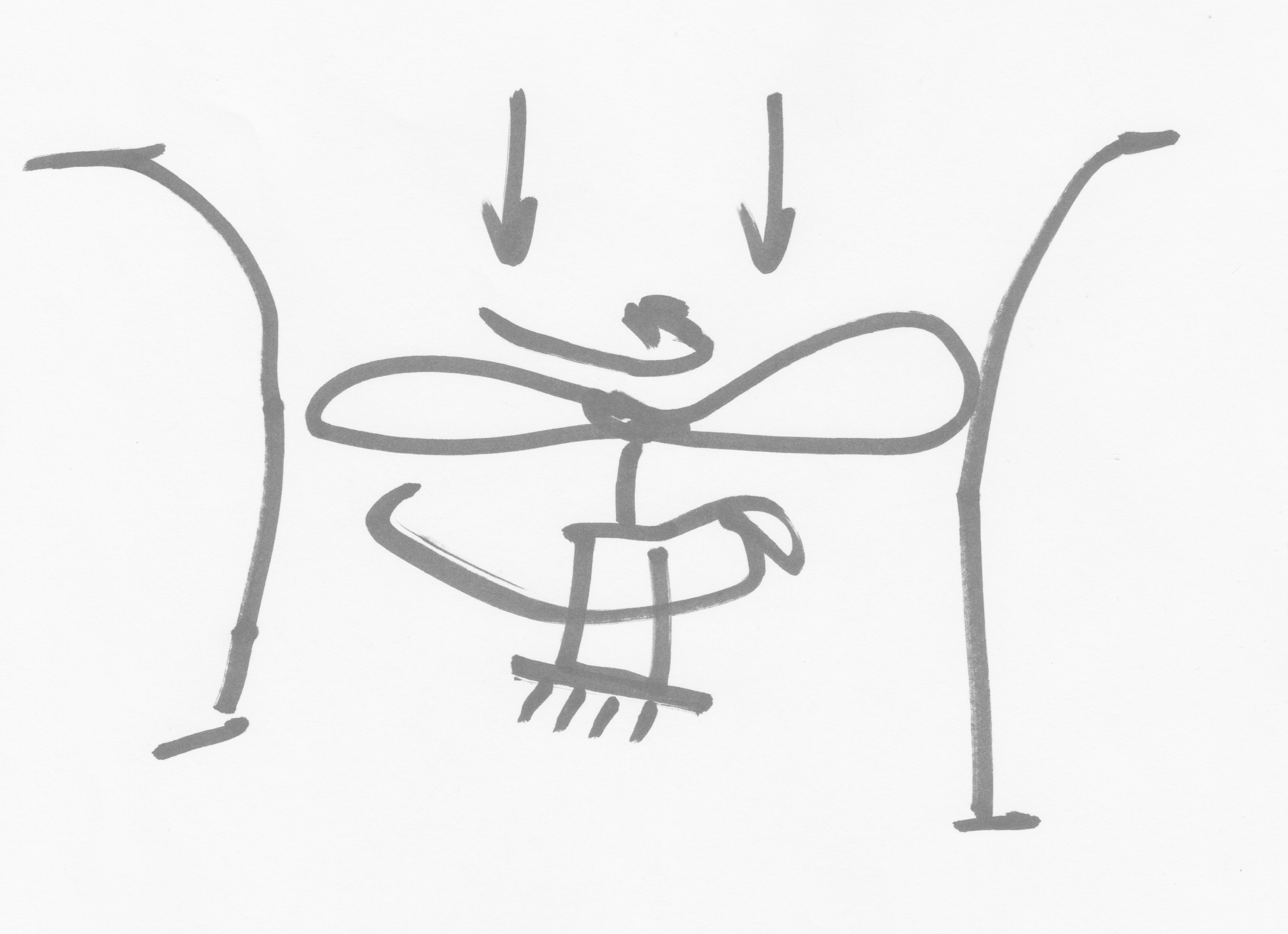
Figure 1: Illustration of a fixed motor with a spinning propeller to create thrust, and or air flow across the propeller geometry.
The thrust that a propeller provides depends on many things including the medium in which it operates, the pitch of the propeller blades, and the torque and speed at which the propellers are driven. Much research and practical real world application has gone into the current development and state of propellers for thrust applications.
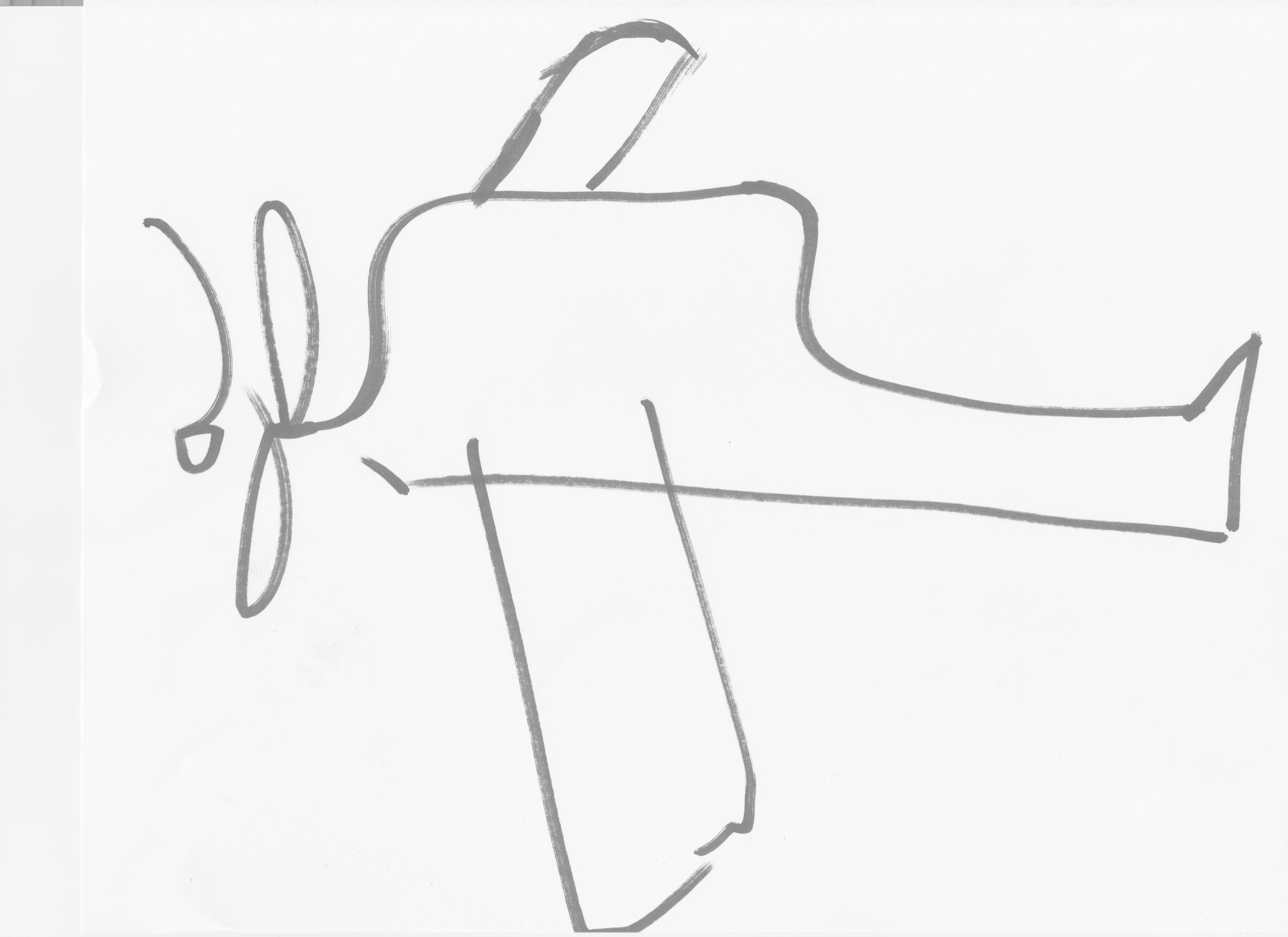
Figure 2: Illustration of an air plane with a single propeller to create thrust and move the air plane forward.
Propeller driven air craft has been in production since the early 1900's with the Wright brothers getting credit for their first use in short human flight scenarios.
The First Wright Flyer flew in 1903 and used a propeller. This was considered the first powered human flight. See reference #1 below.
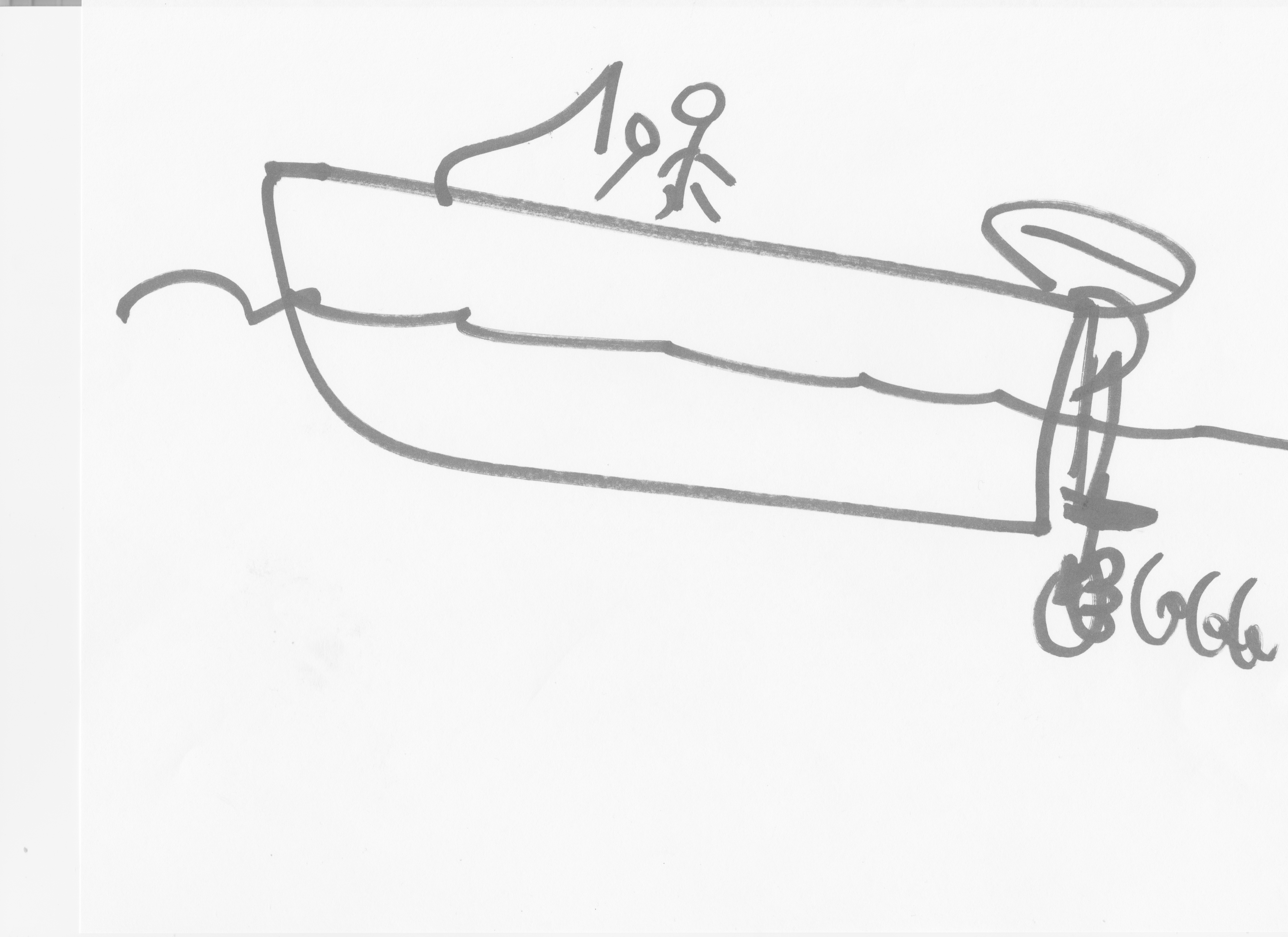
Figure 3: Illustration of a boat in water using a propeller to provide thrust for the boat to move and steer.
Boats and marine applications of propellers date back even farther. The first credits for screw, rotating, propellers to provide thrust in marine applications date back to 1827. Though paddle propulsion and other techniques to provide forward motion for marine fairing vehicles dates back to 3rd century Chinese canoe applications. I would argue that propulsion using propellers predates current written and historical record. We have been wofting air for cooling and cooking for milennia for instance. People and animals have been swimming thus producing paddled propulsion since the origination of species. See reference 2 below.
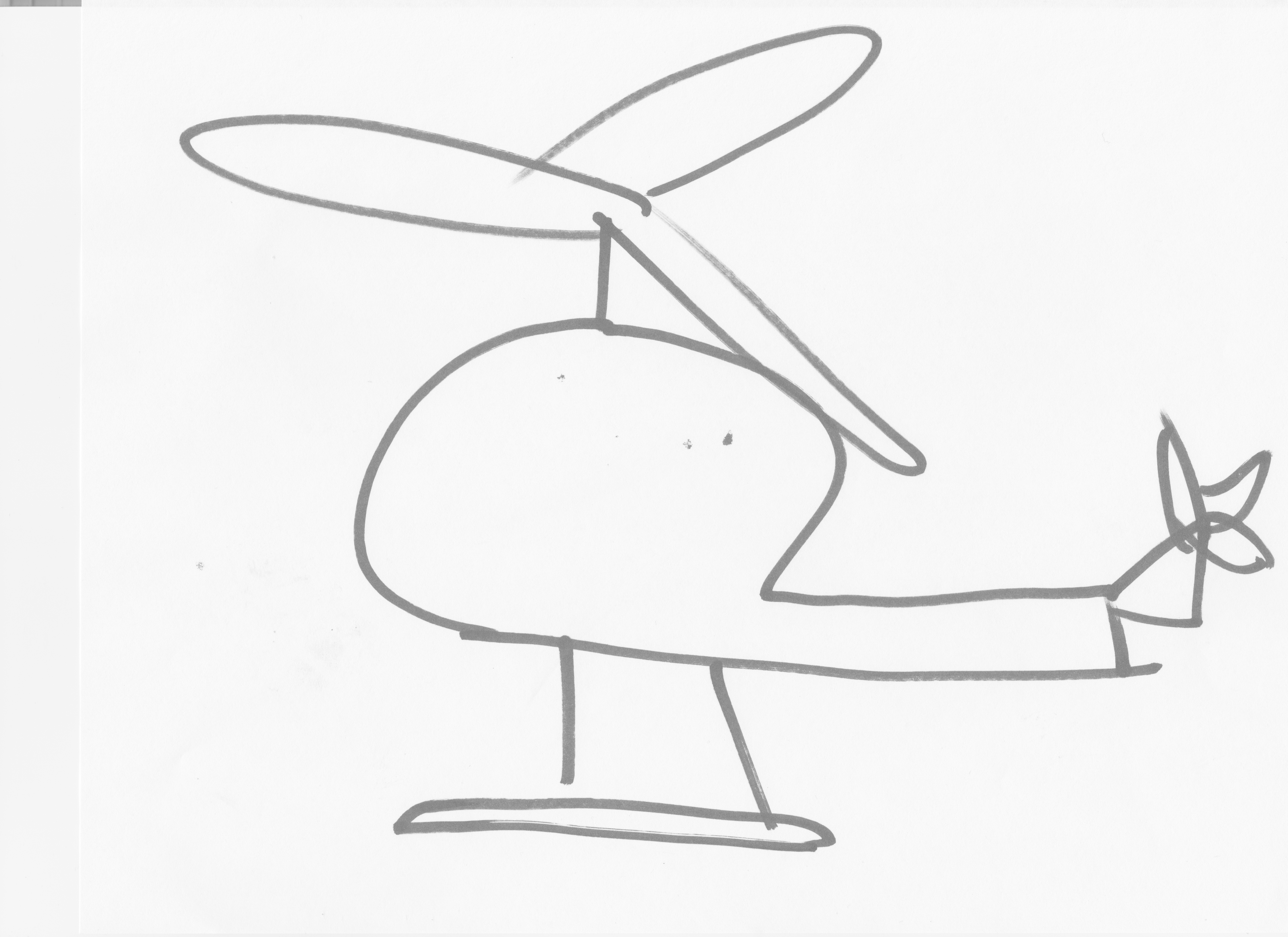
Figure 4: Illustration of a helicopter with a large overhead propeller and a tail propeller to create lift and thrust and controlled flight.
Helicopters are well known for using propellers to provide thrust and thus lift.
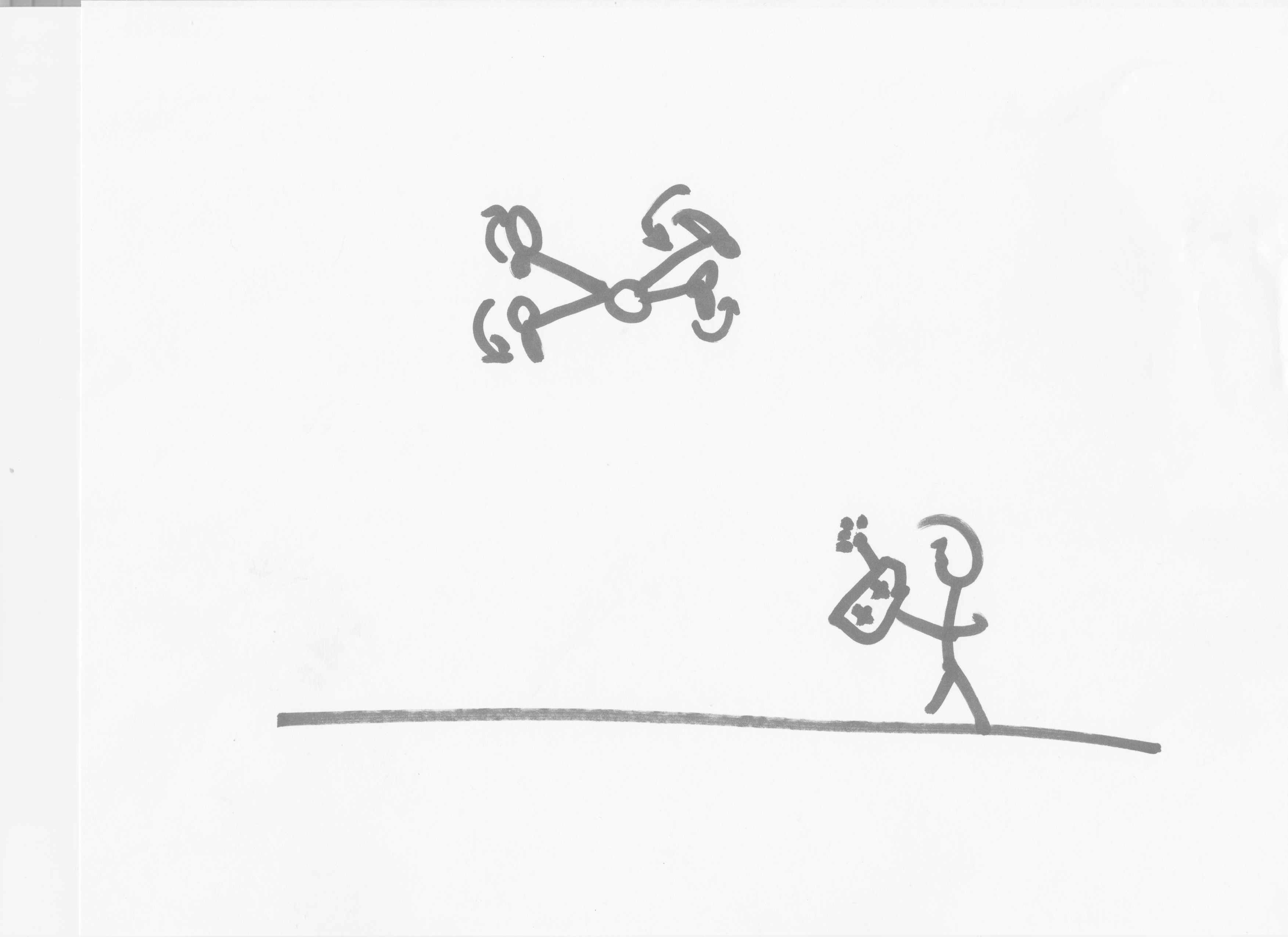
Figure 5: Illustration of a quadracopter with 4 propellers used to created lift, thrust, and controllable stable flight.
Modern day applications for propellers include battery driven drones and UAVs. Quadracopters use 4 propellers, each providing thrust based on their propeller geometry, rotational speeds, and torques provided by electric motors. Quadracopters are becoming more prevalent with ever improving battery life and sustained thrust capabilities.
In an effort to be brief and move into the true point on this article let's now consider a modern day remote controlled quadracopter, drone, in a large sealed enclosure of air in the presence of gravity. For this hypothetical scenario the enclosure is large compared to the volumetric air flow and size of the drone but the exact size is unimportant.
As illustrated in figure 6 below let's now ask a few questions about our apparatus.
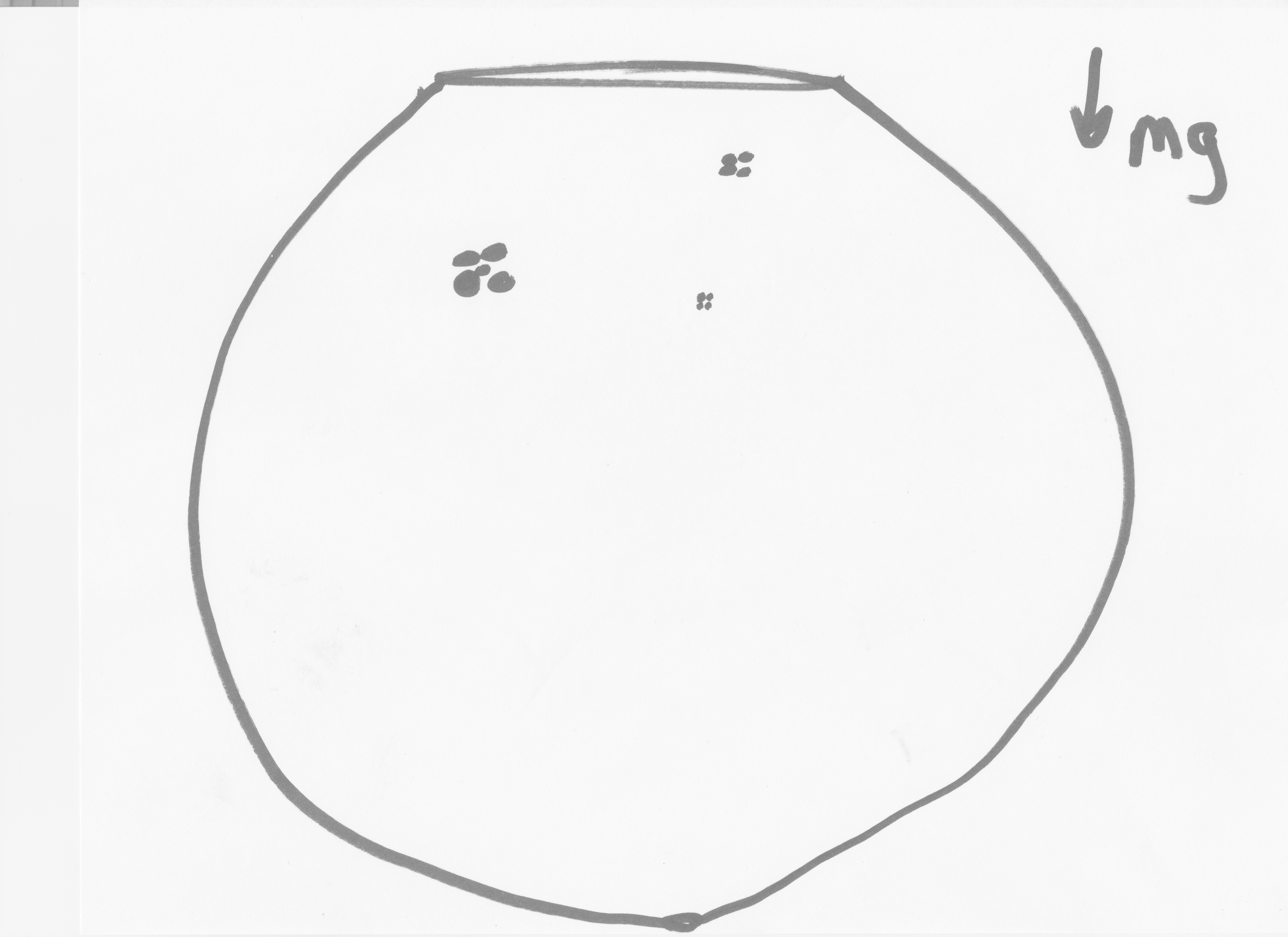
Figure 6: Hypothetical large volume enclosure with relatively small quadracopters flying inside.
1. Given the large sealed volume would the drone be able to fly inside of this large enclosure? Yes, much like being able to fly a small drone in your house.
2. If this drone had sufficient thrust power to lift more than its own weight would the drone, using geometry like an over head standoff, be able to exert a force on the upper ceiling of this large enclosure? Yes.
3. If this drone had sufficient thrust power to lift more than its own weight and was controllable and capable of lifting a tethered load via a string or rope beneath it, would it be able to exert an upward force on the enclosure floor if tethered to it? Yes.
4. If the large enclosure was extremely light weight and rigid, would method 2 or 3 above cause the encolsure and all of its contents to obtain lift opposing gravity? Possibly.
5. If this apparatus including the enclosed air was to find itself in space vacuum and in the absense of significant gravity would methods 2 or 3 above provide propulsion and motion translation of the entire system? Possibly, but our simulations and trials say YES!
Figure 7 below illustrates a horizontal thrust test apparatus to prove or disprove this lift, thrust, and propulsion scenario.
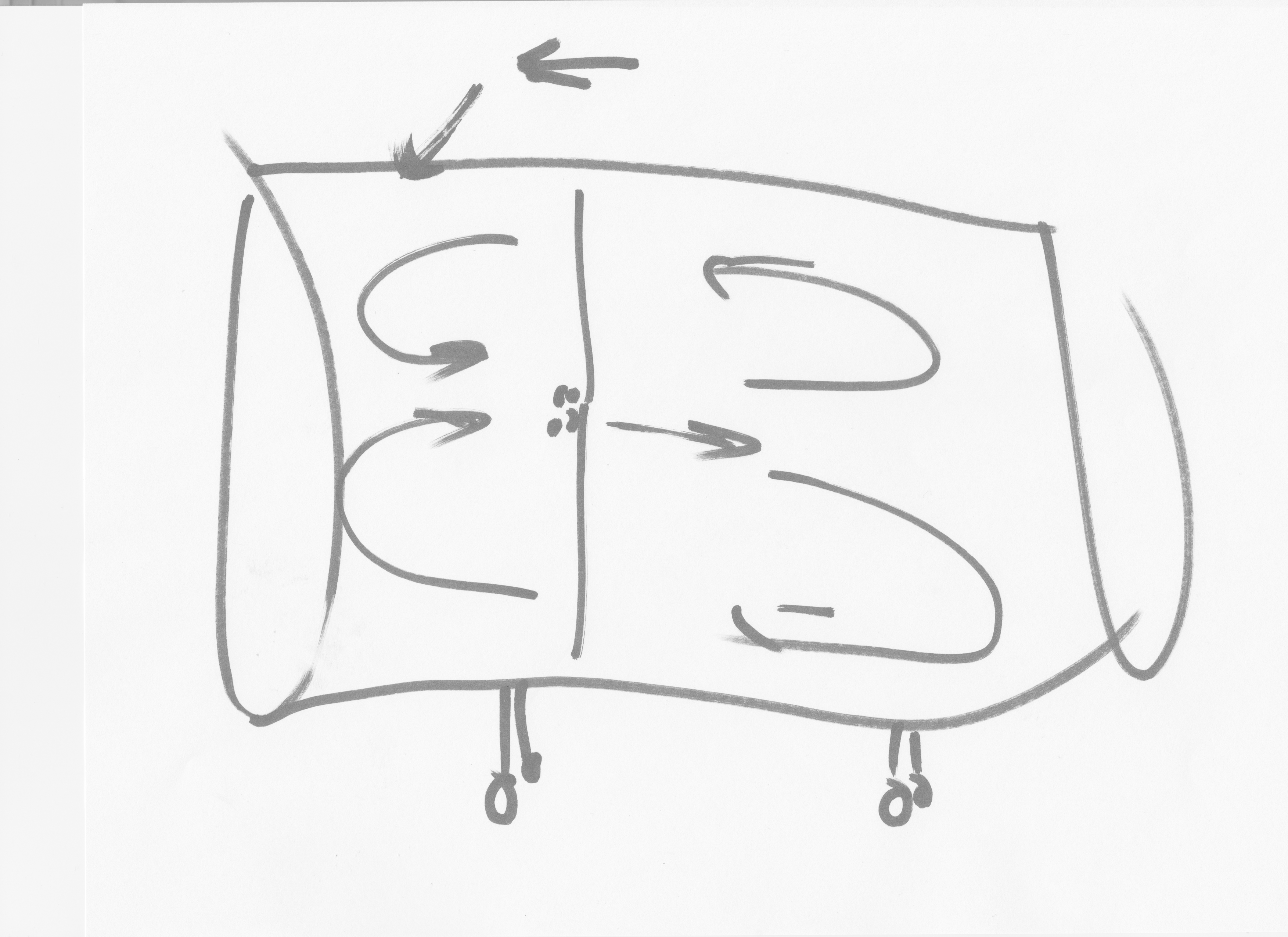
Figure 7: Illustration of a test apparatus to prove propulsion without the loss of propellant mass. Large enclosure with propellers inside to provide thrust and motion translation of the entire enclosure in a horizontal orientation.
I invite you to not only contemplate this propulsion scenario but to also build your own test apparatus. Using a horizontal thrust test apparatus we have not only simulated with success but been able to provide motion translation of such a system.
Prove us right by submitting and trying your own designs. Prove us wrong and well, we must live with the same old perceived propulsion problem in space travel.
This capture volume and use of propellers to provide thrust in space is a basic implementation of the momentum drive concept. The thrust achieved depends on several factors including the density of your capture fluid or gas, the viscosity of your capture fluid, the compressibility of your capture fluid, the geometry and power of your propeller system, the size and geometry of your capture volume, the masses of all parts, any surface treatments, operating temperatures, orientations with respect to outside gravitational forces, and external operating conditions such as atmospheric conditions or the lack of them.
Some fluids and gases are highly compressible. We will find that this compressibility is the key to momentum drive concepts. Operating temperatures and pressures will vary based on the apparatus and fluid. The use of geometry and ∆T can be employed to add efficiency and thrust to this mass momentum drive concept.
In brief, written by Jason Jarvis, thanks for your time. Contact us with feedback and questions anytime.
Citations and Relevant References:
1. Wright Brothers - The Wright Flyer was the first air craft that proved controllable powered flight and they have long been credited for first human flight. https://en.wikipedia.org/wiki/Wright_Flyer
2. Propellers for use in Boat propulsion - "Screw propellers" were first introduced in ancient times to move water for irrugation. Around 1827 a rotating baot propeller was invented. though early paddle techniques were prominent for canoe propulsion. https://en.wikipedia.org/wiki/Propeller
